March In The Vegie Patch + Greenhouse


Clear starry nights, cool, dewy mornings and that special golden hue in the evening sky are all signs that Autumn is moving in. The cooler mornings and nights slowly begin to cool the soil, which in turn slows soil life and eventually plant life.
Make the most of the warmer days to get autumn/ winter crops planted. Though you can still plant during the colder months, its the stuff you plant now that will carry on from your summer crops. Keep the flow of good food coming into your kitchen. Start today!
Finding room for new crops
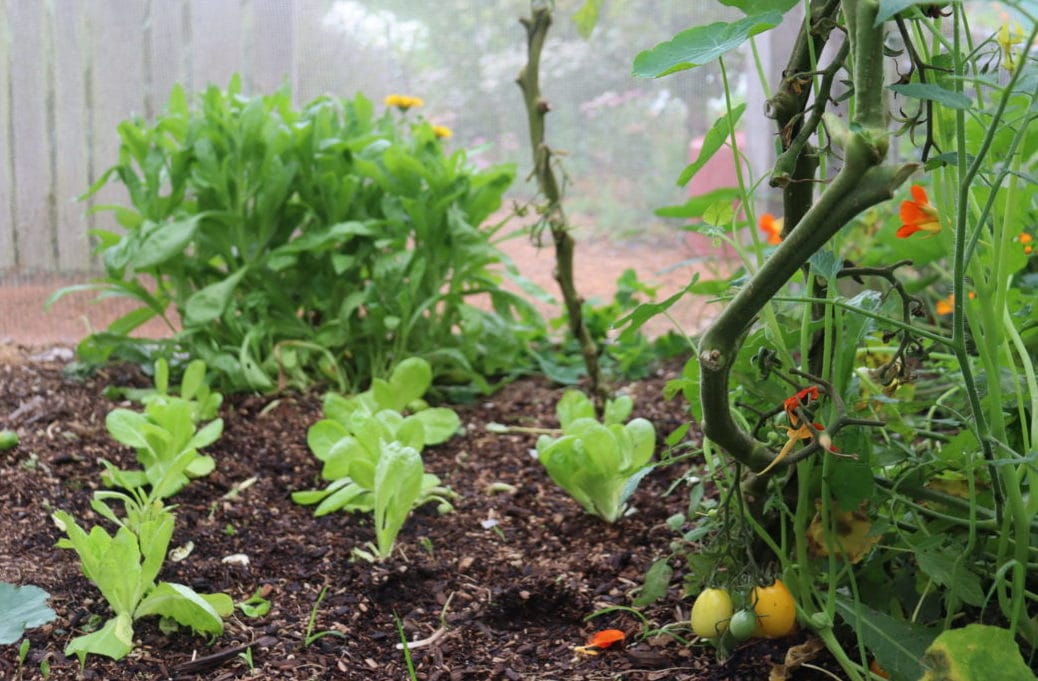
Finding space to sow and plant winter crops takes lateral thinking when all the beds are full. With a bit of creativity you'll be amazed at what you can fit in! Plant the new amongst the nearly finished, or at the very least right after harvest.
- Make pockets amongst greencrops for hungry brassicas. Dollop a pile of of compost in the space and plant into it. Seedlings perform so well in this team environment, protected from the elements. As the new crop grows, make way for it by breaking off excess greencrop and laying it down as mulch around the young seedlings.
- Use the space underneath or around finishing crops like tomatoes, cucumbers, courgettes, flowers and squash. Prune older crops back as much as you can get away with to let enough light in, and sow or plant in the space.
- Plant leafy greens and herbs beneath fruit trees and along the edges of flower beds.
What to plant and sow in March
DIRECT SOW
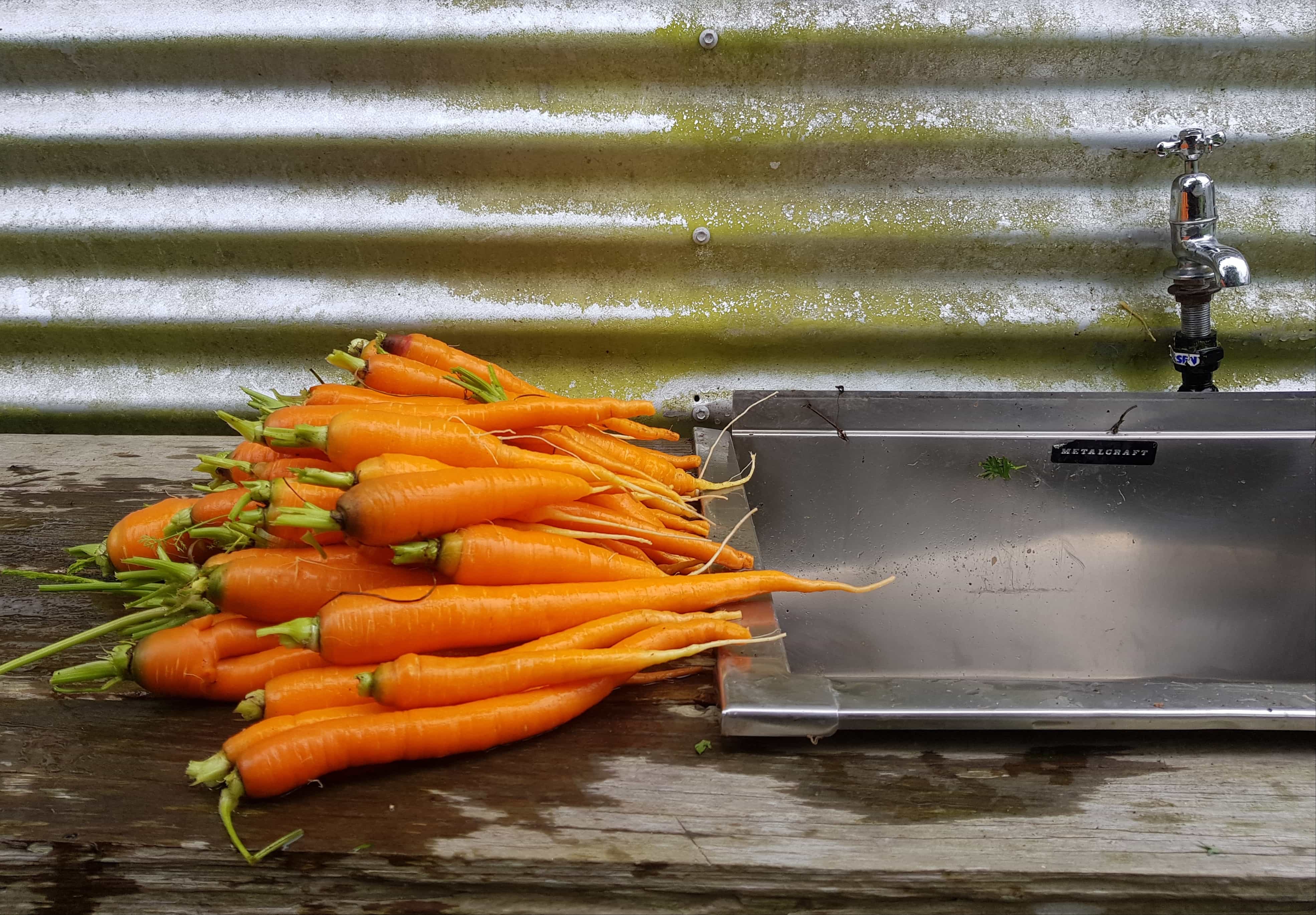
- Carrots, parsnips and radish, coriander and rocket.
- Sow miners lettuce and cornsalad along the edges or in pots for easy picking. Sow decent sized patches quite thickly - they're such sweet little things and are easily outcompeted. If you let them flower and go to seed they'll come up every Autumn/ Spring year after year = solid gold!
- Sow Mizuna with calendula or amongst saladings.
- Winter greencrops. Mustard is a biofumigant: it does for soils what lemon juice does for livers - deep cleansing. Make best use of it after diseased crops. Its neat to sow beneath fruit trees for some high nectar winter flowers. Oats and wheat are magic for heavy soils in cooler regions. Those big root systems open soil up, and at the other end of their life they make the best mulch. They are prone to rust though, so if its is an issue at your place, stick to lupin. I really like kings seeds Autumn manure mix greencrop.
- Companion flowers like calendula, cosmos, cornflower, bishops flower, honesty and poppy.
TRAY SOW
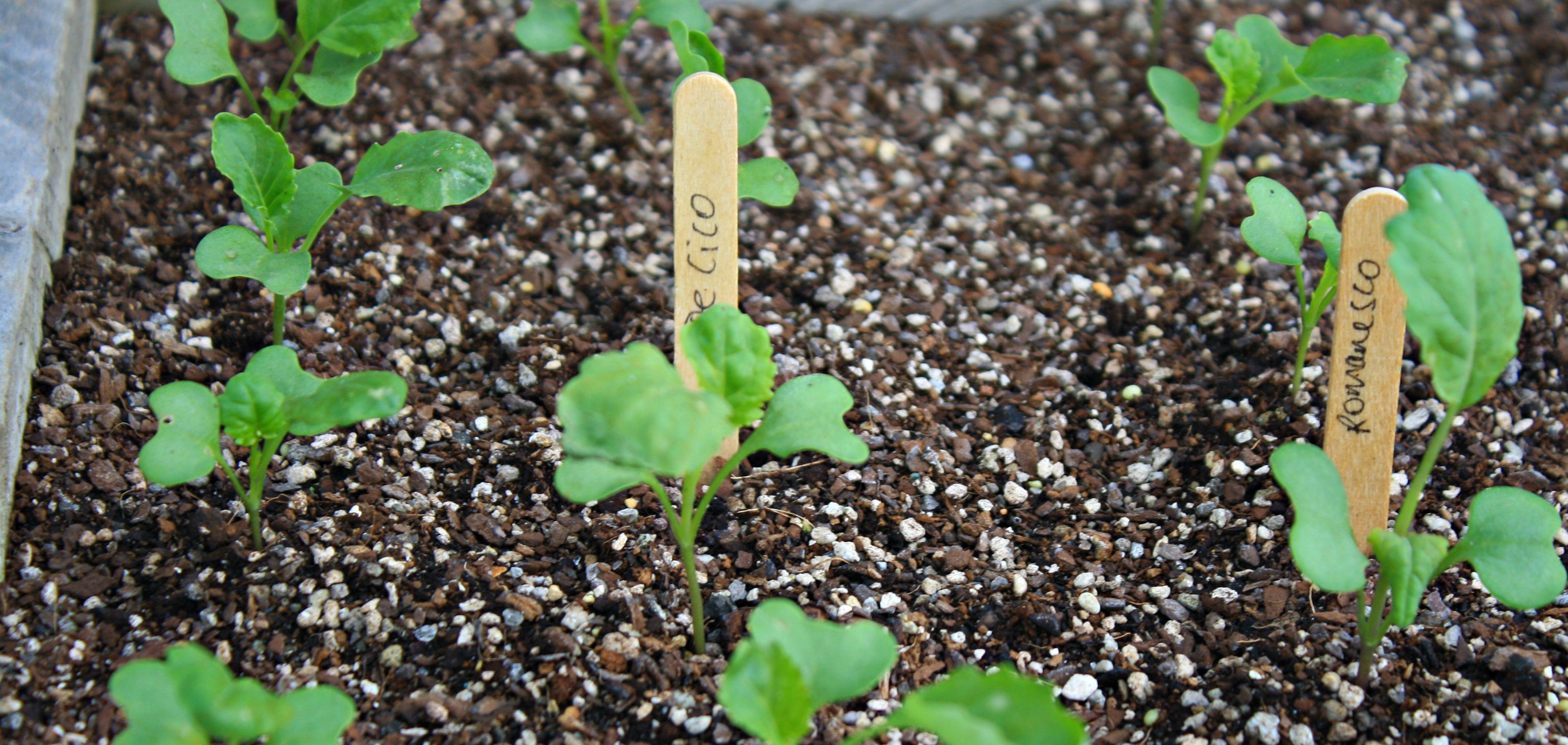
- Spring onions, red or brown onions.
- Another lot of broccoli, cauli, cabbage for planting out next month.
- Peas in toliet rolls or plug trays.
- Companions flowers like snapdragon, chamomile, stock and heartsease.
DIRECT OR TRAY SOW
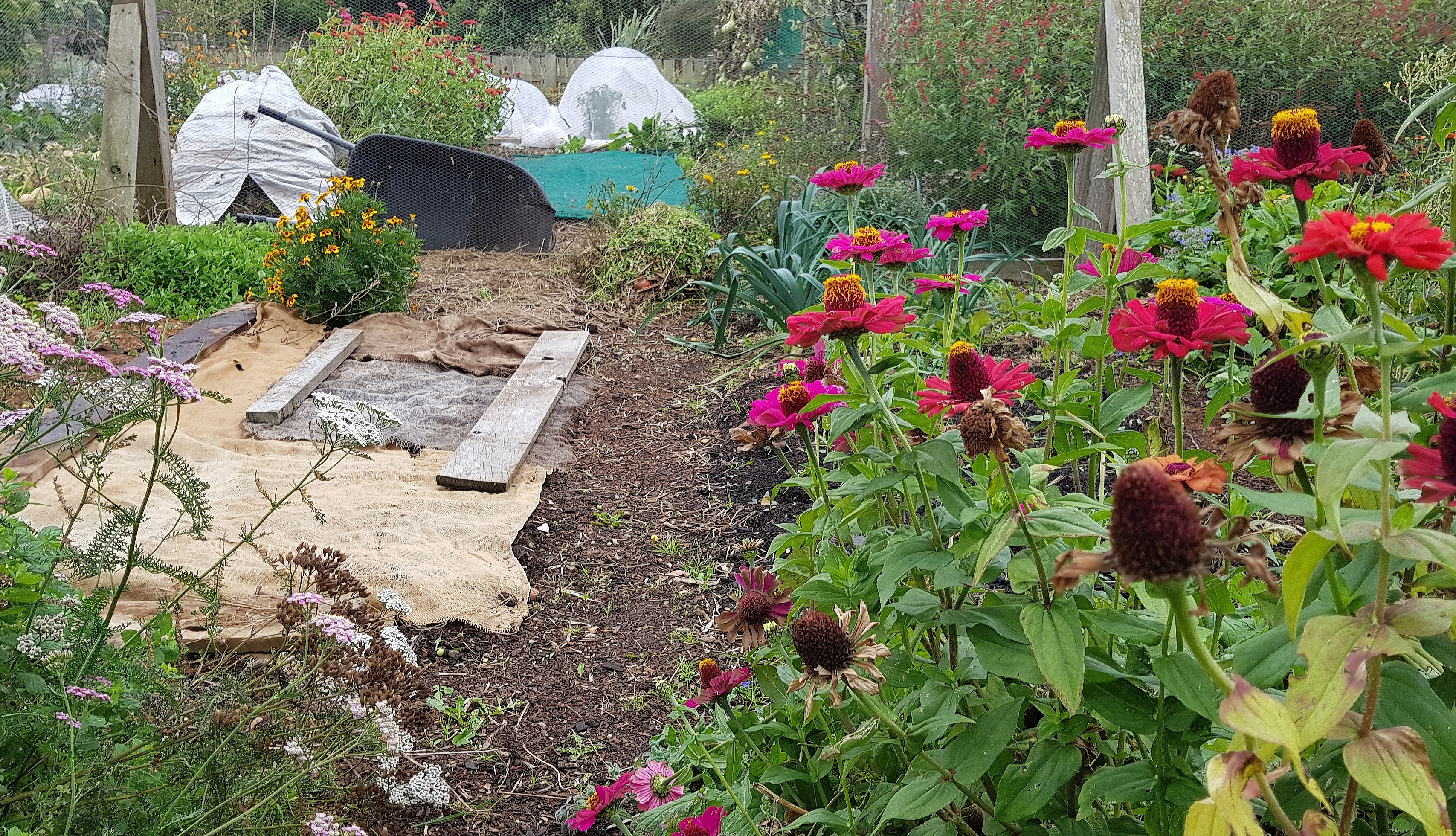
- Beetroot in plug trays or along the picking edge.
- Broadbeans, saladings, endive, kale or spinach
- Sweetpeas
TRANSPLANT
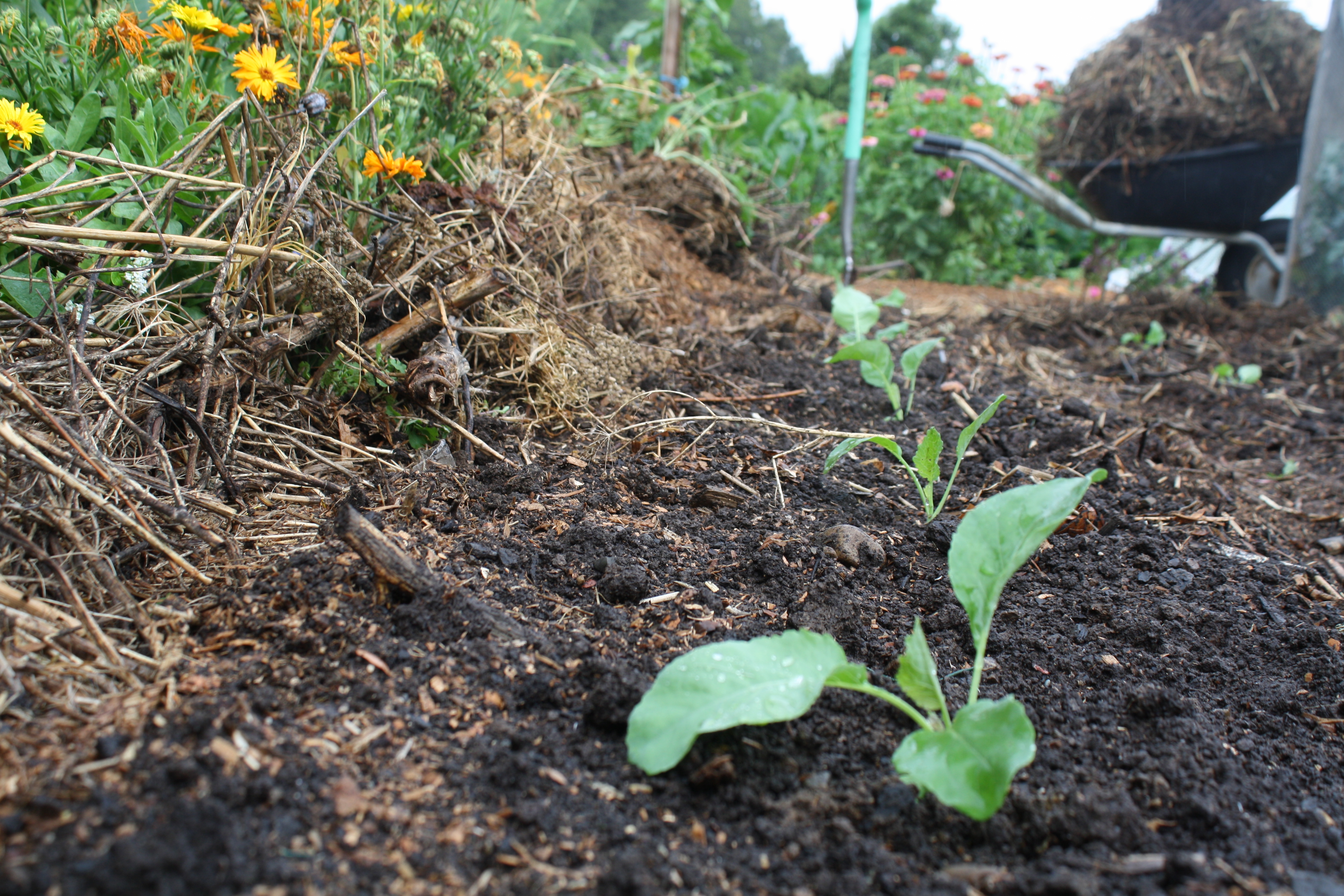
- Early garlic. If theres one thing we can do to beat rust its to get in early.
- Another lot of broccoli, cabbage and cauli. Go for a mixture to create a diversity in the kitchen.
- Lots of parsley and leafy greens like kale, chard and silverbeet. Humble but essential they are the backbone of my winter kitchen and our winter wellness.
- Plant celery into a lovely pile of rotten organic matter or compost. I grow my winter celery in the greenhouse - not for the warmth but to avoid rust which it always gets when I grow it outside.
- Leeks, spring onions, red or brown onions.
- Landcress for winter supply
- Saladings will need to be planted undercover (greenhouse/ cloche/ porch) when soil temps dip to 12°C and night temps to 10°C.
- Companion flowers
HARVEST
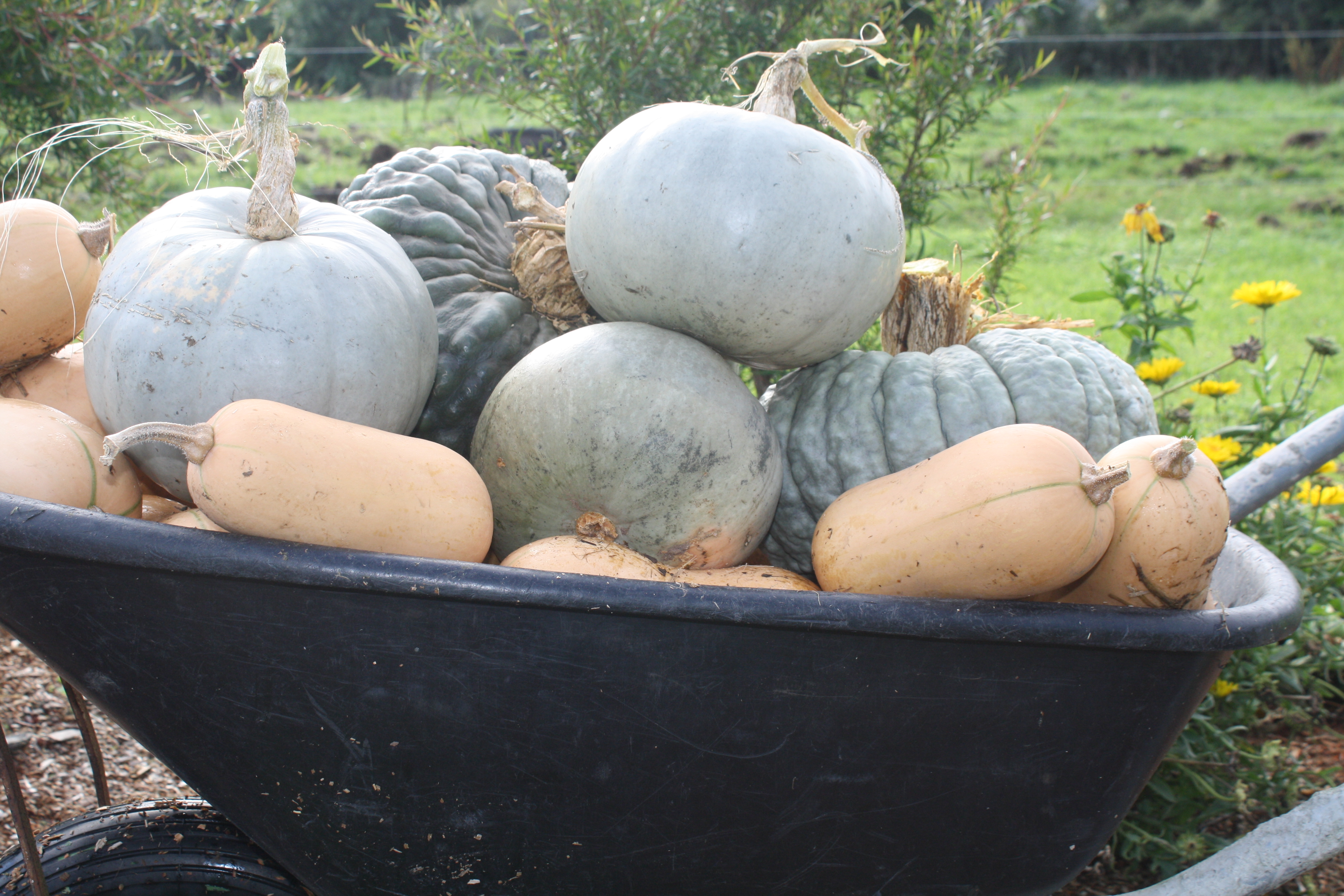
- Check kumara and pumpkin to see if they are ready to harvest
- Harvest potatoes when the tops have died down (thats when they store best).
- Harvest shellout beans.
- Keep up with daily harvests of berries, tomatoes, cucumbers, zucchinni and beans to keep plants productive and pests at bay. Even if the harvests are small, its worth it for plant health and to make the most of your gardens fertility.
REGULAR AND ODD JOBS

- Liquid feed brassicas, leeks and leafy greens weekly to speed their growth before the cold comes.
- Protect brassicas from cabbage whites.
- Keep up with watering - its easy to forget once the weather cools off. Water seed + new transplants as required - don't let them dry out at this pivotal time. Ease back on watering older crops.
- Save seeds.
- Spray passionvine hoppers with Neem, weekly if the populations are overwhelming. It wont be long now before they slow down.
- Take excellent care of all your new transplants and seedlings - they're your future dinners!
- Check in on your soil: feel it, smell it, eyeball it.
Let there be light!
With shrinking daylight and dewy ground it’s good to improve airflow + light where you can - especially in the greenhouse! Grab your seceteurs and go for a slash and mulch mission to open everything up.
- Help your pumpkins, squash, peppers, aubergines and tomatoes ripen up by trimming back that wild jungle of leaves. Remove ratty, old foliage. Two for one deal here, make space for new crops.
- If your corn is blocking light/ air to other crops, cut down the finished stalks and the scrawny undeveloped ones.
- Greencrops, seeding chards, marigolds, borage and other rambuctious things can be taken back as much as you need.
Use the trimmings as mulch or make an awesome compost pile.
In the Greenhouse
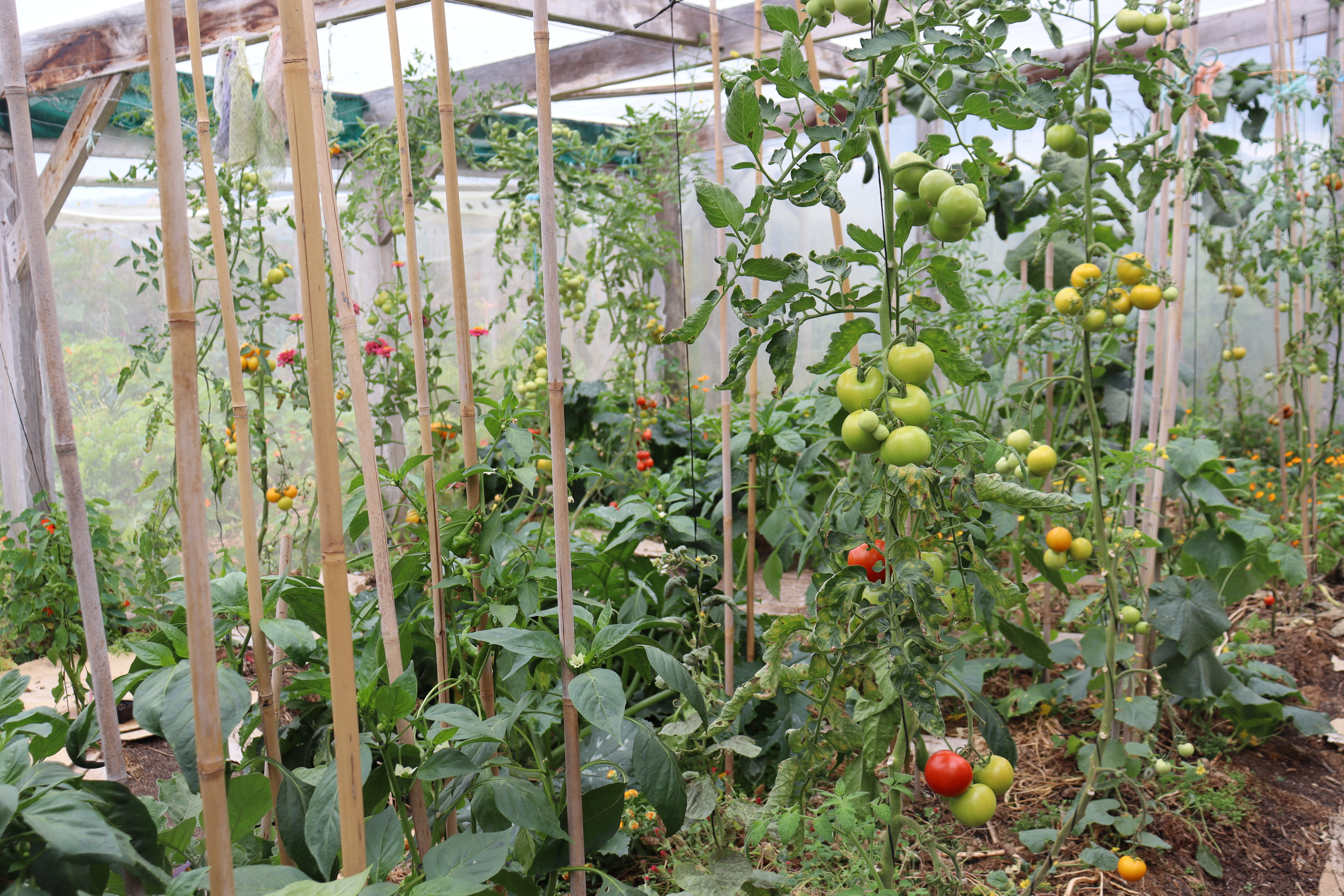
Every autumn I sow a mixed greencrop that includes cleansing mustard, in the greenhouse beneath the still growing tomatoes and peppers.
The potential for problems when growing under plastic is high, so even if the season has been trouble free I still clean up with mustard. This combined with crop rotation, weekly biological feeds and a fresh layer of compost after the chickens leave late in winter will keep the soil hearty and well.
As things start to cool off, be mindful of not overwatering. At this time of year I often skip a day or two in the greenhouse - cooler days means there's less evaporation.
- Water in the morning so soil dries by nightfall to prevent fungal disease.
- Milk and molasses poured on foliage and soil will slow any fungal problems if caught early enough. Dilute milk 1:10 into your watering can and add I tablespoon of molasses (dissolved beforehand in a bit of hot water.)
- Keep up with pruning for airflow.
Another useful Autumn read
https://www.ediblebackyard.co.nz/how-to-repair-dry-soil/
